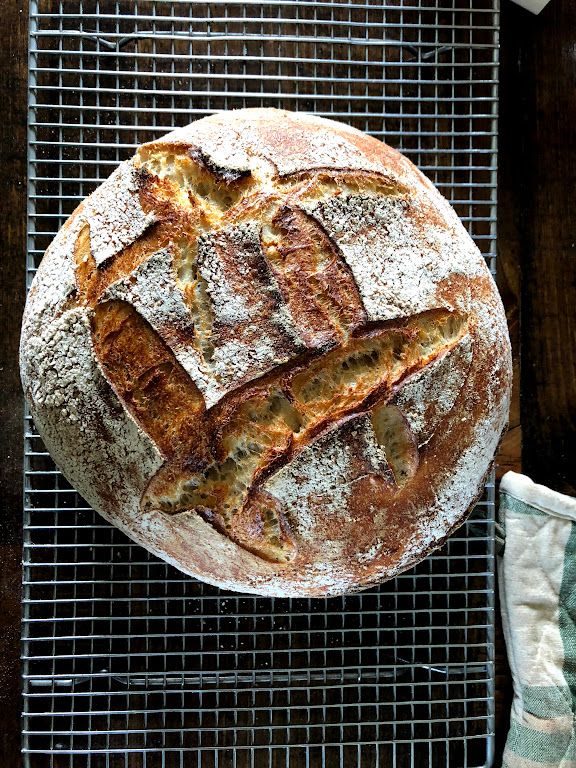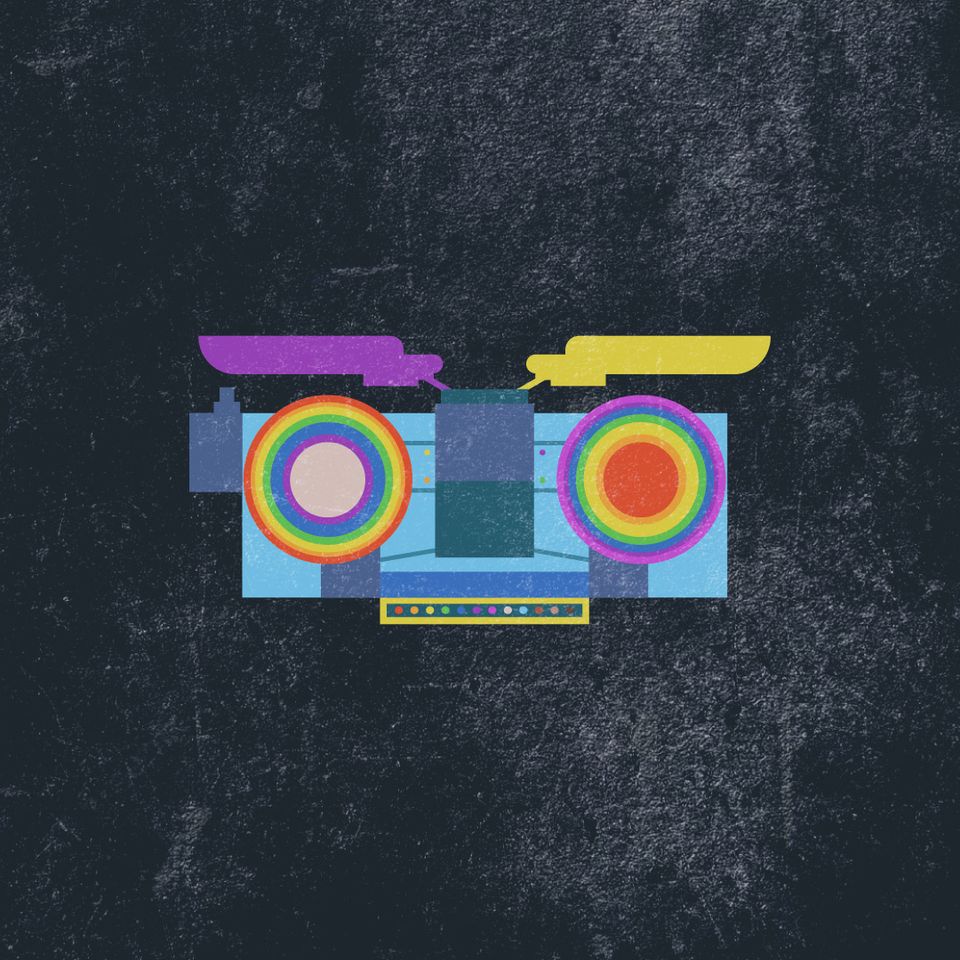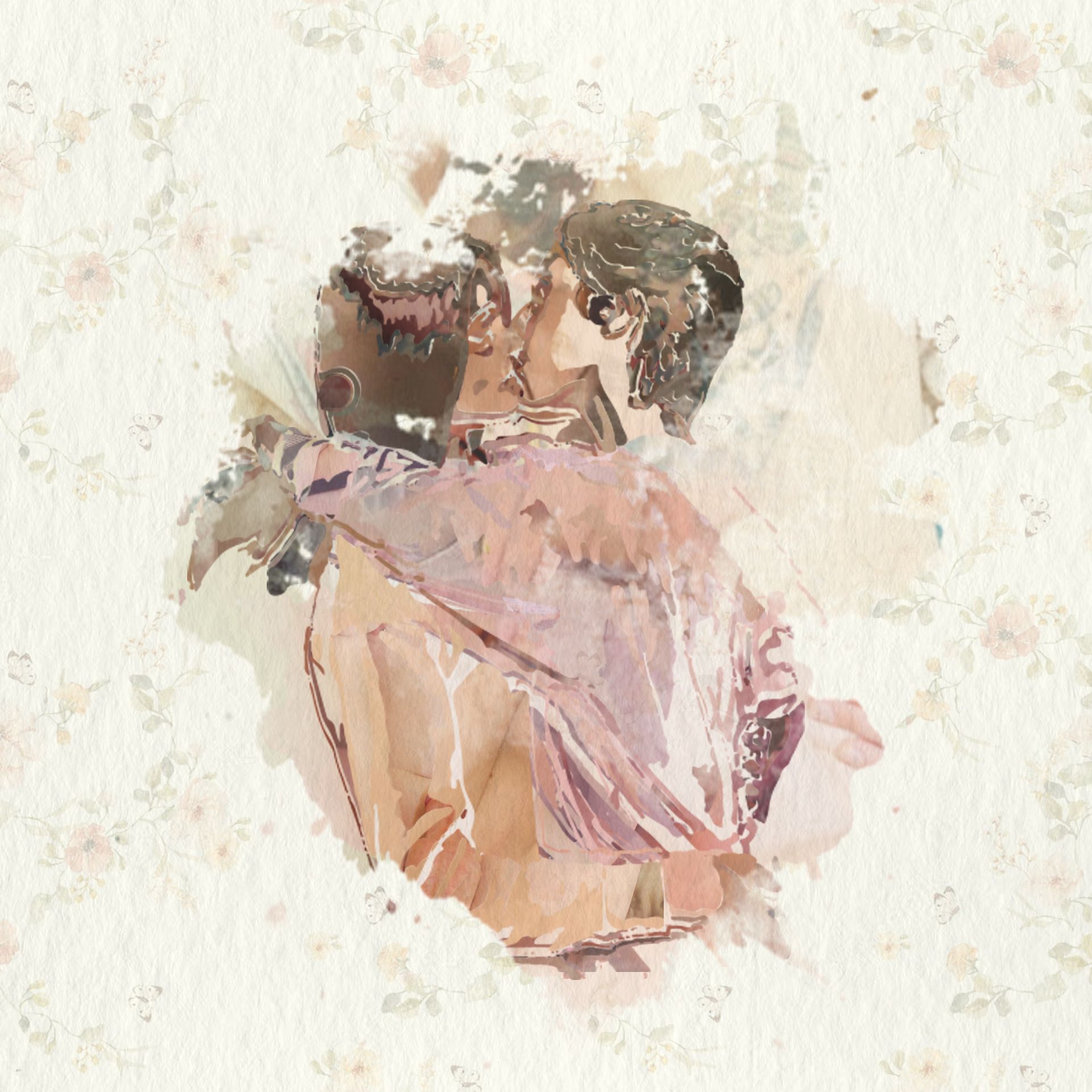How Rollerblade Barbie changed my life.

I think about Rollerblade Barbie a lot.
Like, more than a grown human should. But, when I think of the toys I played with as a child, it’s really one of the few that comes to mind.
At a time when I was still developing a concept of self, Rollerblade Barbie, to me, represented a bridge between two conflicting worlds. There was a girly inner world where I felt like myself, and where I played with my sister, freely; and, a shitty outside world, where gendered rules left me feeling abandoned and detached.
Rollerblade Barbie, you’ve got something special is a line from the commercial.
There was something special about her—in the danger—that overshadowed her girly-ness. I saw that as an opportunity. A chance to be me, and get away with it. Her spark gave me permission to explore the Barbie world without outing myself as feminine. I think because danger is synonymous with boyhood, others would accept my interest in Rollerblade Barbie because I was, quite literally, playing with fire. The truth is, however, I was afraid of nearly everything, a very cautious and not exactly a daring child.
Danger did not interest me—but Barbie sure did.
Even though I was born in the eighties and did a lot of growing up in that decade, it was the nineteen-nineties that shaped and moulded me, for better or worse, into the person I am today. In the early nineties, I discovered skateboarding, rebellion, and punk rock; in later years, I would journal about death, drugs, and love. From beginning to end, it was a decade of identity exploration—a time of incessant formative questioning.
I remember numerous moments in my early life when I challenged my gender or sexuality in some way, even without knowing the proper words to describe my incongruence or understanding the significance of my questioning. And, for one reason or another, Rollerblade Barbie was one of those grounding pillars for me.
When Rollerblade Barbie came to market, I was seven, and if I’m honest, I’m still somewhat shocked that my sister had one at all. Most of our toys were simple, hand-me-down legos, dinky cars, and the like—uncool toys without an expiry date (except for some My Little Pony toys, which I also remember quite fondly).
Rollerblade Barbie and her friends, Ken, Christie, Teresa, and Kira, came with rollerblades that flickered and flashed when you rolled them on a surface.
The jingle went something like this:
I skate, you skate, we both have clothes that look great,
but, Rollerblade Barbie, only your skates flicker and flash,
my friends, your friends, we all love the hottest trends
“Cool Rollerblades!”
but Rollerblade Barbie, only your skates flicker and flash,
Rollerblade Barbie, you’ve got something special!
Rollerblade Barbie did have something special. At least for me.
As quick as Rollerblade Barbie hit the market, she was pulled from shelves as a fire hazard. Which, duh, she was. The flickering skates were made from the same flint stone you’d find in any standard Bic lighter. It really flickered and flashed… and sparked…and smoked. Although, I’m not sure our household got the recall memo because my sister and I would roll the shit out of those skates, lighting up the bedroom at night and counting smoke rings. We rolled those skates on our arms, the carpet, walls… if you could reach it, Barbie skated it.
Memories like this are some of my fondest as a child because I liked bonding with my sister, but also because there were so few where I felt safe and free of judgment. How could I be embarrassed or ashamed of playing with dolls when fire-starter Barbie was so undeniably cool?
Interesting fact: there was an international Rollerblade Barbie named Jocelyn. I wish I could tell you that was not a coincidence.
When I say Rollerblade Barbie bridged genders, I mean it in the lightest, and most personal, of ways. It’s not like Mattel designed her like that, of course not. It was the manner in which I was allowed to interpret her that bridged gender for me; the ability to claim her as my own, as something I could identify with without fear of social repercussions. However, Rollerblade Barbie gave me permission to play without shame only as long as that doll existed. And, if my memory serves, when I learned one of her skates seized up and refused to roll, she lost her spark, and so did I.
Playtime was over.
With only one working skate between an entire doll household, I risked losing my cover; risked being outed as actually wanting to play with girls’ toys, or perhaps flatly, needing to be a girl. So, I let it go and left the safe space of the dollhouse.
The joy sparked by Barbie in the early nineties guided me in my search for identity. It influenced my questioning of gender, performance, and more importantly, normativity. After all, why wasn’t I allowed to play with dolls, anyway? What the fuck? As a seven-year-old, I couldn’t answer that, but I sure as hell thought about it. And, in many ways, I haven’t stopped.
I can’t remember what happened to my Rollerblade Barbie, I suppose the other skate eventually stopped working, or both my sister and I just moved on to other toys. None of which I remember, though. And, certainly, none would shape my psyche in the same thrilling ways Rollerblade Barbie did.
I’ll be 40 next year, so admittedly, I’m unfamiliar with the current trends in kids’ toys. And, although I’m sure anything on the market today might fall short of handing a fire starter to a child, I’d bet there are kids out there still looking for a reason—any reason at all—to play with a damn Barbie.




